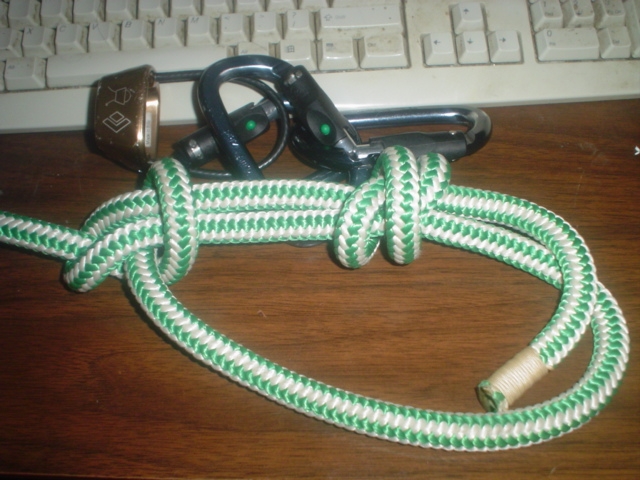squagg
ArboristSite Lurker
Hi there all,
my first post on here and I'm wondering if anyone can help me. I recently started to use the Yosemity tie off on my bowlines whilst climbing. I found it in the the Tree Climbers Companion by Jeff Jepson (I think). I quuite like it as an alternative to using a figger of 8 stopper not or a scafold know as it is quite tidy and compact. Though I can apreciate it's not as secure as a fig 8 I've been told there has been alot of negative feed back about using it. As I regulary check all my knots whilt climbing should I be very concerned about how secure this mothod of tieing off a bowline is.
Discuss.
Cheers. Ben.
my first post on here and I'm wondering if anyone can help me. I recently started to use the Yosemity tie off on my bowlines whilst climbing. I found it in the the Tree Climbers Companion by Jeff Jepson (I think). I quuite like it as an alternative to using a figger of 8 stopper not or a scafold know as it is quite tidy and compact. Though I can apreciate it's not as secure as a fig 8 I've been told there has been alot of negative feed back about using it. As I regulary check all my knots whilt climbing should I be very concerned about how secure this mothod of tieing off a bowline is.
Discuss.
Cheers. Ben.























































 Clear and to the point. I use the fishermans/scaffold and tie it off the end with another fishermans. Do I need the fishermans tie off or is there a better way? Good thread, squagg.
Clear and to the point. I use the fishermans/scaffold and tie it off the end with another fishermans. Do I need the fishermans tie off or is there a better way? Good thread, squagg. 

